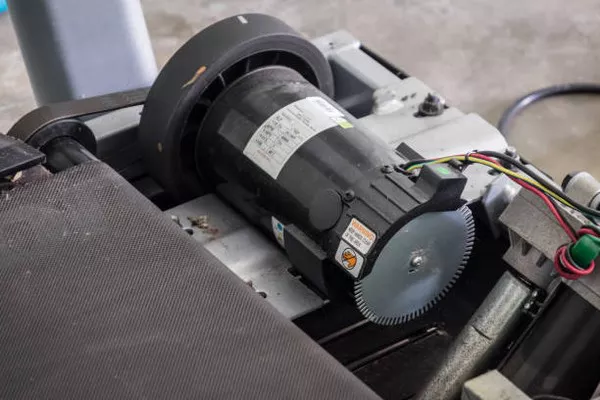In today’s fast-paced world, electricity plays a crucial role in our daily lives. However, power outages are not uncommon, whether due to natural disasters, maintenance issues, or other unforeseen circumstances. During such times, having a backup generator can be a lifesaver, ensuring that essential appliances like microwaves continue to function. However, choosing the right generator size to power your microwave and other appliances can be confusing. In this comprehensive guide, we will delve into the factors to consider and the steps to determine the appropriate generator size for your microwave.
Understanding Generator Capacity:
Before determining the generator size needed to power a microwave, it’s essential to understand generator capacity. Generator capacity is measured in watts and represents the maximum amount of electrical power that the generator can provide. Generators come in various sizes, from small portable units to large standby generators capable of powering an entire household.
Factors to Consider:
Microwave Power Consumption: The first step in determining the right generator size is to understand the power consumption of your microwave. This information is typically found on the appliance’s label or in the owner’s manual and is measured in watts. For example, a typical microwave might consume anywhere from 600 to 1200 watts during operation.
Starting vs. Running Watts: It’s important to distinguish between starting watts and running watts when assessing power requirements. Starting watts, also known as peak or surge watts, are the extra watts needed by appliances when they initially start up. Running watts, on the other hand, represent the continuous power consumption of the appliance once it is running. Microwaves generally require more power when starting up compared to when they are running.
Other Appliances: Consider other appliances or devices that you may want to power simultaneously with the microwave during a power outage. These could include refrigerators, lights, or electronics. Make a list of all the appliances you intend to power and their respective power requirements.
Calculating Generator Size:
Once you have gathered the necessary information, you can proceed to calculate the appropriate generator size using the following steps:
Step 1: Determine the starting watts and running watts of your microwave. If this information is not readily available, consult the appliance’s label or owner’s manual.
Step 2: Add the starting watts of your microwave to the starting watts of any other appliances you plan to power simultaneously. This will give you the total starting wattage requirement.
Step 3: Add the running watts of your microwave to the running watts of all other appliances. This will give you the total running wattage requirement.
Step 4: Compare the total starting wattage requirement and the total running wattage requirement. The higher of the two values will dictate the minimum generator size needed.
Step 5: Choose a generator with a capacity that meets or exceeds the calculated minimum wattage requirement. It’s generally advisable to opt for a generator with some additional capacity to accommodate potential future needs or fluctuations in power consumption.
Example Calculation:
Let’s say you have a microwave with a power consumption of 1000 watts (running watts) and 1500 watts (starting watts). Additionally, you want to power a refrigerator with a starting wattage of 1200 watts and a running wattage of 300 watts simultaneously.
Total Starting Wattage Requirement = Microwave Starting Watts + Refrigerator Starting Watts
- Total Starting Wattage Requirement = 1500 watts + 1200 watts
- Total Starting Wattage Requirement = 2700 watts
Total Running Wattage Requirement = Microwave Running Watts + Refrigerator Running Watts
- Total Running Wattage Requirement = 1000 watts + 300 watts
- Total Running Wattage Requirement = 1300 watts
In this example, the total starting wattage requirement is 2700 watts, and the total running wattage requirement is 1300 watts. Therefore, the minimum generator size needed would be 2700 watts to accommodate the starting wattage of both appliances.
See Also A Guide to Determining the Right Generator Size for Your Home
Conclusion:
Choosing the right generator size to power a microwave and other appliances during a power outage is essential for ensuring uninterrupted operation and convenience. By understanding the power requirements of your appliances and following the steps outlined in this guide, you can confidently select a generator that meets your needs. Remember to consider both starting and running wattages, as well as any additional appliances you plan to power simultaneously. Investing in the appropriate generator size will provide peace of mind and reliable backup power when you need it most.

